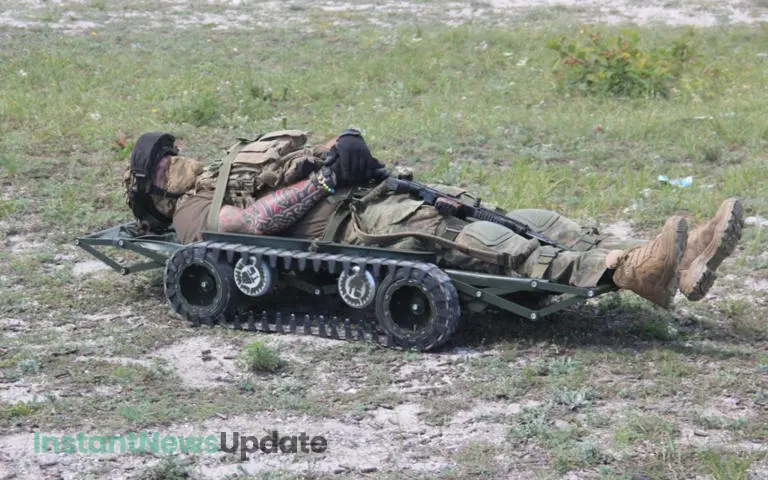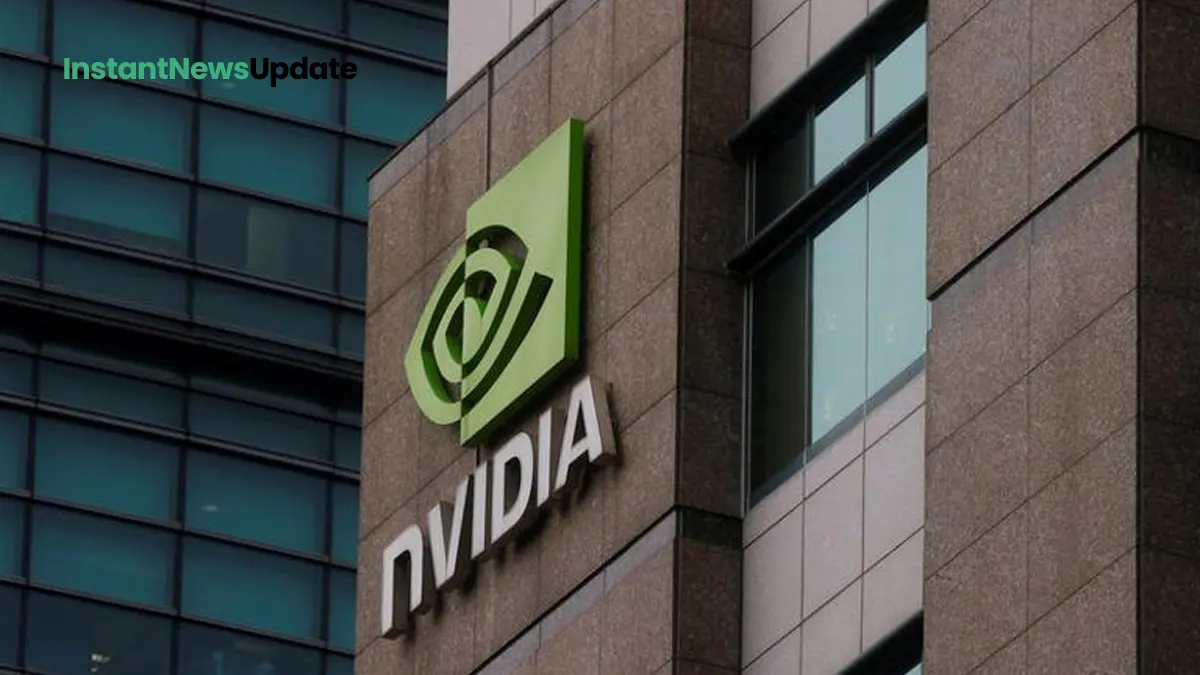An Innovative Solution by a Toy Designer Transforms Evacuations of Injured Ukrainian Soldiers
Introduction:
In a remarkable breakthrough, a remote-controlled mechanical stretcher, originally conceived by a toy designer and funded through crowdsourcing, has emerged as a pivotal asset on Ukraine’s battlegrounds. Designed to swiftly transport injured Ukrainian soldiers from the front lines, this groundbreaking technology promises to enhance safety and efficiency in the most challenging of circumstances.
Innovative Stretcher Design:
Ukraine’s Ministry of Defence has unveiled a remarkable addition to its military operations – a versatile stretcher mounted on small tracks. This cutting-edge stretcher is equipped to navigate rugged terrains while supporting a weight of up to 150kg. What sets it apart is its remote operation feature, allowing a controller to manage its movements from a secure distance of 100 meters.
Enhanced Safety Amid Chaos:
Combat medics in Ukraine are applauding the implementation of this mechanical stretcher for its ability to revolutionize evacuation procedures under hostile conditions. Traditional hand-carried stretchers, as described by a Ukrainian combat medic using the call-sign Kylm, move at a snail’s pace of around one mile an hour, making them perilous under fire. The advent of the remote-controlled stretcher, however, has swiftly changed this narrative.
Efficiency in Action:
The new stretcher’s impact is undeniable. Kylm aptly captured the essence when he stated, “You can’t carry anything quickly when everything is exploding around you.” The remote-controlled stretcher alleviates this constraint, enabling faster evacuation even in the midst of chaos and danger.
Reduced Team Requirement:
One of the most notable advantages of the mechanical stretcher is its potential to streamline evacuation teams. Instead of requiring a team of seven, the mechanical stretcher can be effectively operated by just two or three individuals. This reduction in personnel not only enhances operational efficiency but also minimizes exposure to risks.
Incorporating Tactical Stealth:
Ukrainian scouts have highlighted another ingenious application of the mechanical stretcher. By positioning a soldier 50 meters ahead of the stretcher and the controller 50 meters behind, the evacuation parties become less conspicuous to enemy reconnaissance. They are less of a target for artillery fire because of this tactical configuration.
Future Prospects and Adaptations:
The Ukrainian Ministry of Defence has already deployed the mechanical stretcher with its 125th Territorial Defence Brigade on the eastern front. Plans are underway to expand its usage and even adapt the technology for delivering essential supplies such as ammunition and water to the front lines. This versatile technology could reshape the dynamics of battlefield logistics.
Global Innovations in Drone Warfare:
The ongoing 18-month-long conflict in Ukraine has witnessed a surge of innovation in drone technology. Civilian drones have been repurposed to conduct reconnaissance and offensive operations, reflecting a rapid evolution in warfare strategies.
International Advances:
Interestingly, Ukraine is not alone in its pursuit of using drones to facilitate the evacuation of wounded soldiers. Renowned defense manufacturer BAE Systems has developed a prototype mechanical stretcher for the British Army, named the Ironclad. This development mirrors the historical significance of the term ‘Ironclad,’ which marked a pivotal transition in naval warfare during the American Civil War.
Conclusion:
The deployment of the remote-controlled mechanical stretcher marks a watershed moment in battlefield evacuations. With its ability to swiftly and safely transport injured soldiers while reducing the exposure of evacuation teams, this innovation is set to redefine the standards of efficiency and safety in modern warfare.









